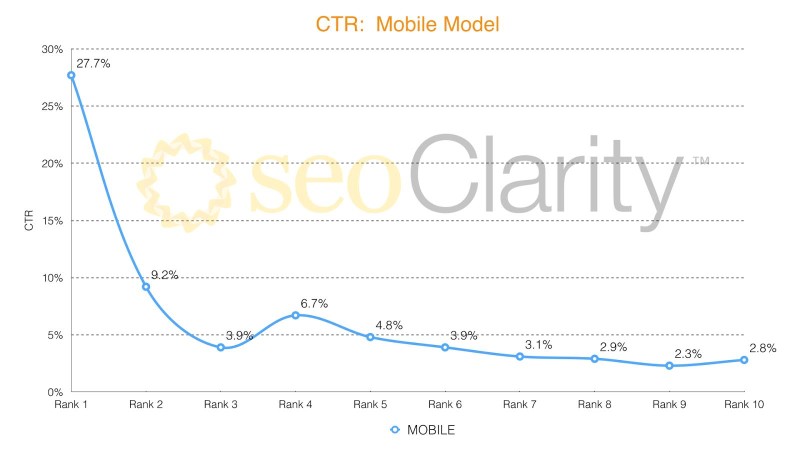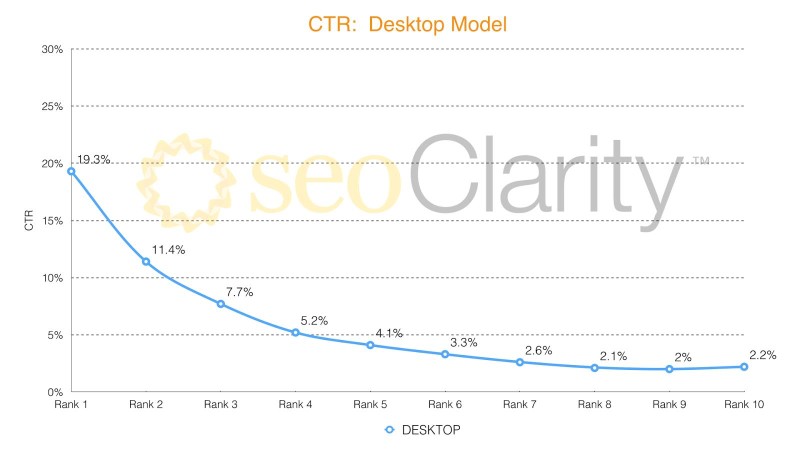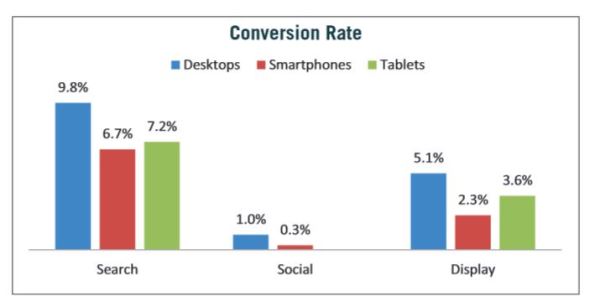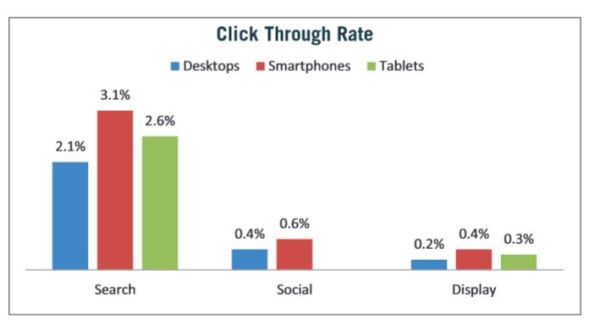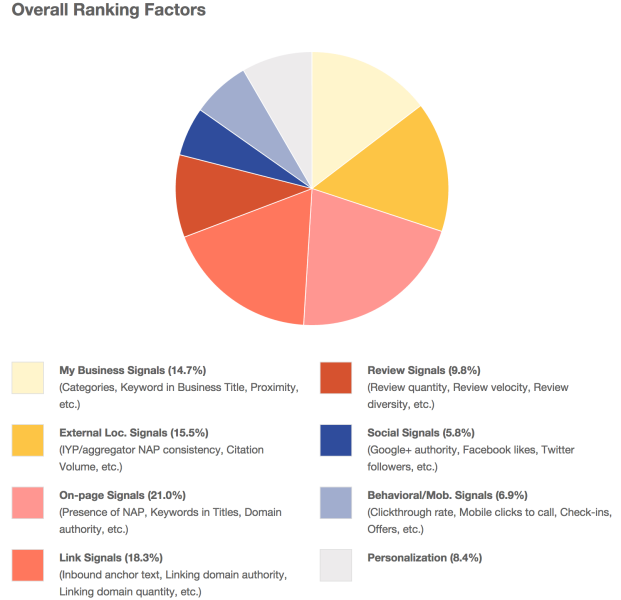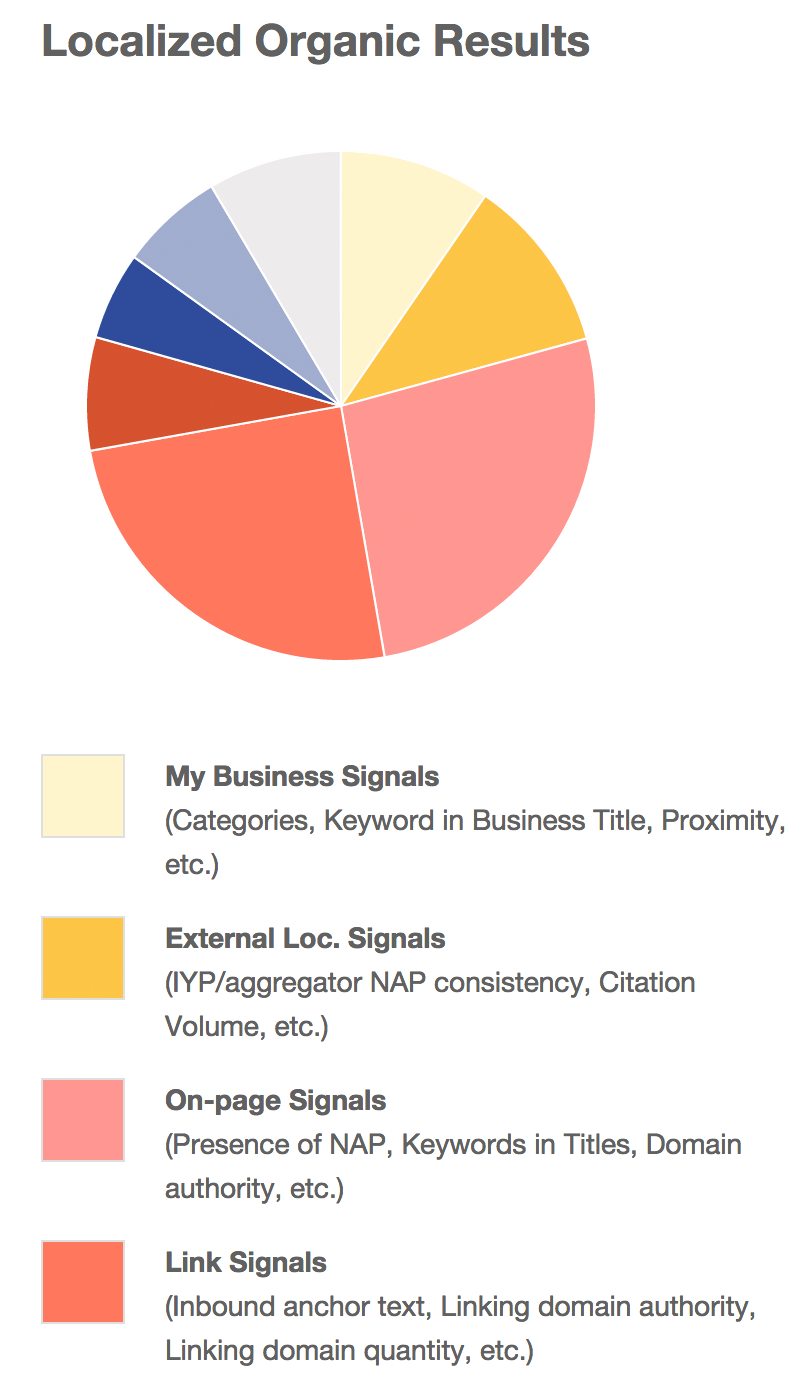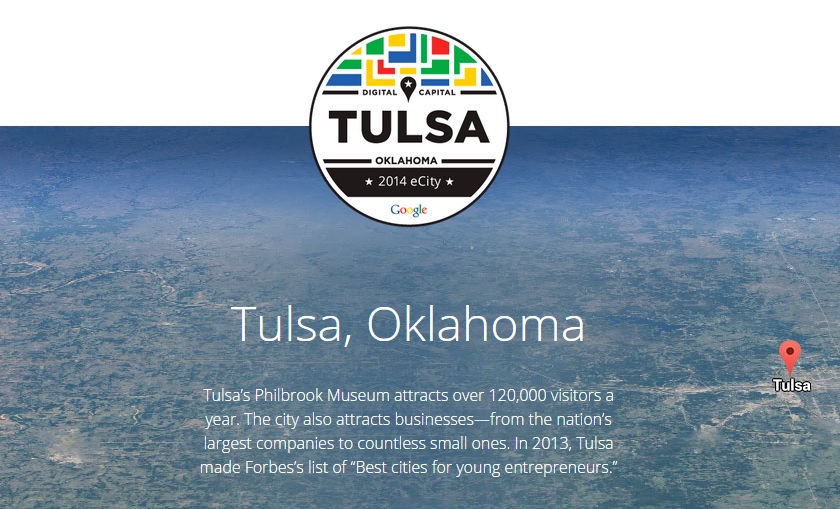After Facebook’s success with video ads, it was only a matter of time before Instagram rolled out their own video ad options. According to Ad Week, you can expect that to start today as the Facebook-owned social image and video platform finally launches their own video ad platform. The only catch is the service is reserved for only five major brands: Disney, Activision, Lancome, Banana Republic, and the CW network.
Instagram’s ad platform is still relatively young, and it has been very cautious about how they go about serving ads to the public. Under the current system, CEO Kevin Systrom has said that he personally reviews every ad before it is allowed to run on the platform so that they don’t come off as aggressive or poor advertising.
The caution payed off as initial skepticism and criticism of ads on Instagram quickly died down when image ads first began appearing. It sounds like the method may also pay off for the video ad service. The Ad Week article says Instagram has reported positive brand awareness and ad recall from testing and that all launch advertisers were striving to be perceived as innovators.
“It wasn’t a hard decision for us,” Brian Chang, assistant vp of media at Lancome USA, told Ad Week. “We, as a brand, wanted to take advantage of being first to market.”
The video ads will begin appearing today and roll out more extensively in the next few weeks, and each ad will have a 15-second maximum length similar to the restrictions placed on Instagram users. Videos will also be muted unless users tap the volume control.
Banana Republic’s ad, embedded below, used Facebook’s Hyperlapse app to create the video. You can view other ads at Ad Week.

 Facebook has long been the favorite social media platform for sharing content, but if a report from the
Facebook has long been the favorite social media platform for sharing content, but if a report from the 
